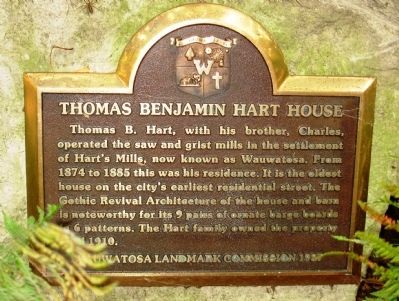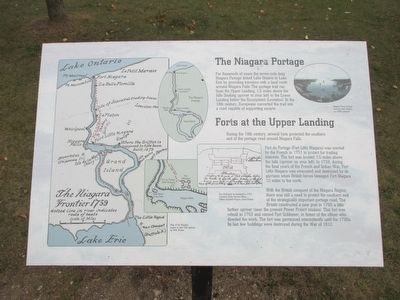Welcome to the Thomas B. Hart House, a fascinating piece of Gothic Revival architecture from the 1840s, nestled in the historic streets of Wauwatosa, Wisconsin. This house stands as one of the oldest surviving structures in the area, with its ornate bargeboards and Gothic features capturing the essence of an era long past. Originally, the town of Wauwatosa was known as ‘Hart’s Mills,’ named after Charles Hart, who, with the financial backing of his brother Thomas, established a grist mill in 1837. Although the house bears Thomas’s name, it was not associated with him until 1874, when he purchased it.
The first known occupant of the house might have been Perley J. Shumway, a blacksmith and tavern owner who was involved in politics and elected to the Wisconsin State Assembly in 1848. Shumway’s tavern, the Wauwatosa House, reportedly played a role in the Underground Railroad, adding a layer of intrigue and historical significance to the area.
The house changed hands several times before Thomas B. Hart acquired it in the mid-19th century. Thomas was instrumental in the early development of Hart’s Mills, serving on the first town board of supervisors. The Hart family maintained ownership until 1912, after which it passed through various hands, including Dr. Stanley J. Seeger, a pioneering surgeon known for his work in burn treatment.
Architecturally, the Hart House is a testament to Gothic Revival style, with its lancet-arched windows and intricate bargeboards featuring designs like oakleaf and trefoil patterns. These decorative elements lend a distinctive charm to the house, making it a highlight of the Church Street Historic District where it resides.
Throughout its history, the house has seen expansions and renovations, reflecting the changing needs and tastes of its occupants. Today, it stands restored, echoing the stories of its past inhabitants and the town’s rich history.



